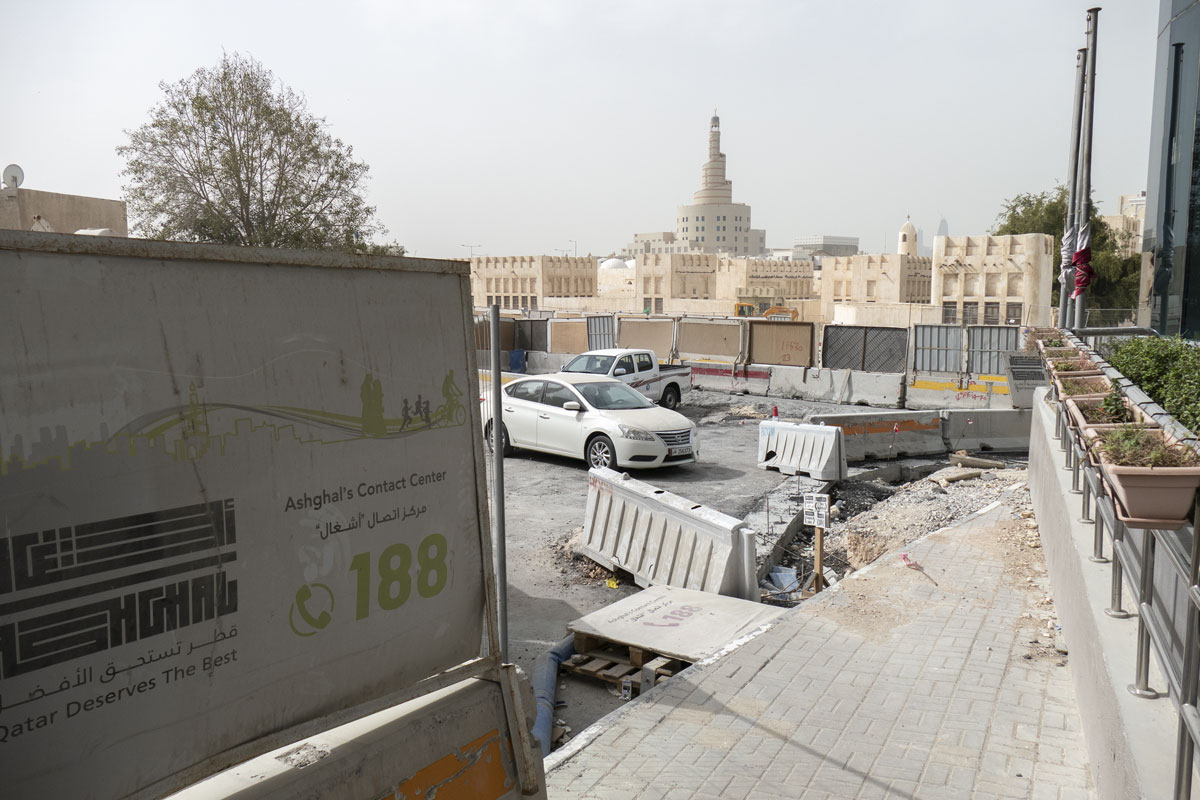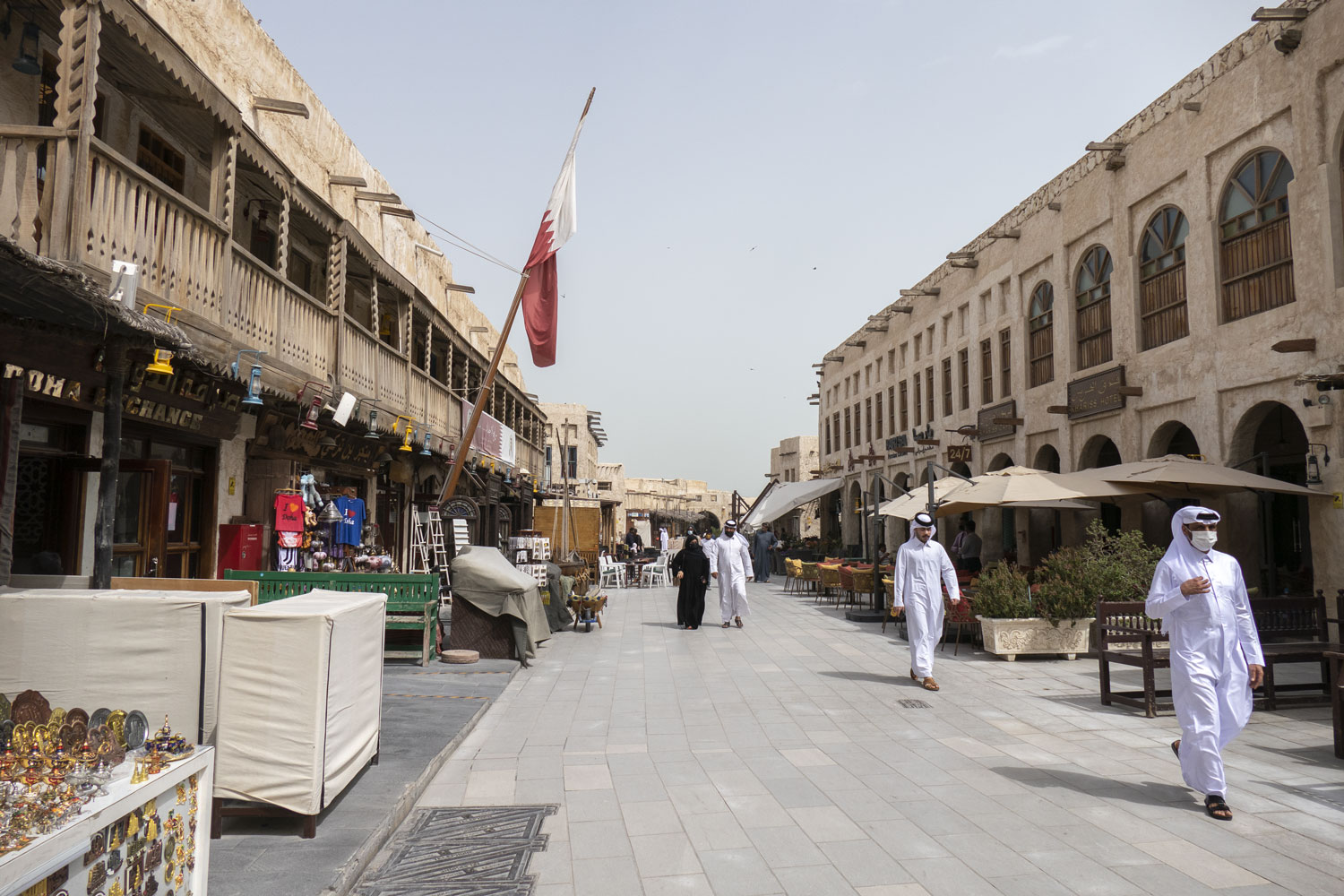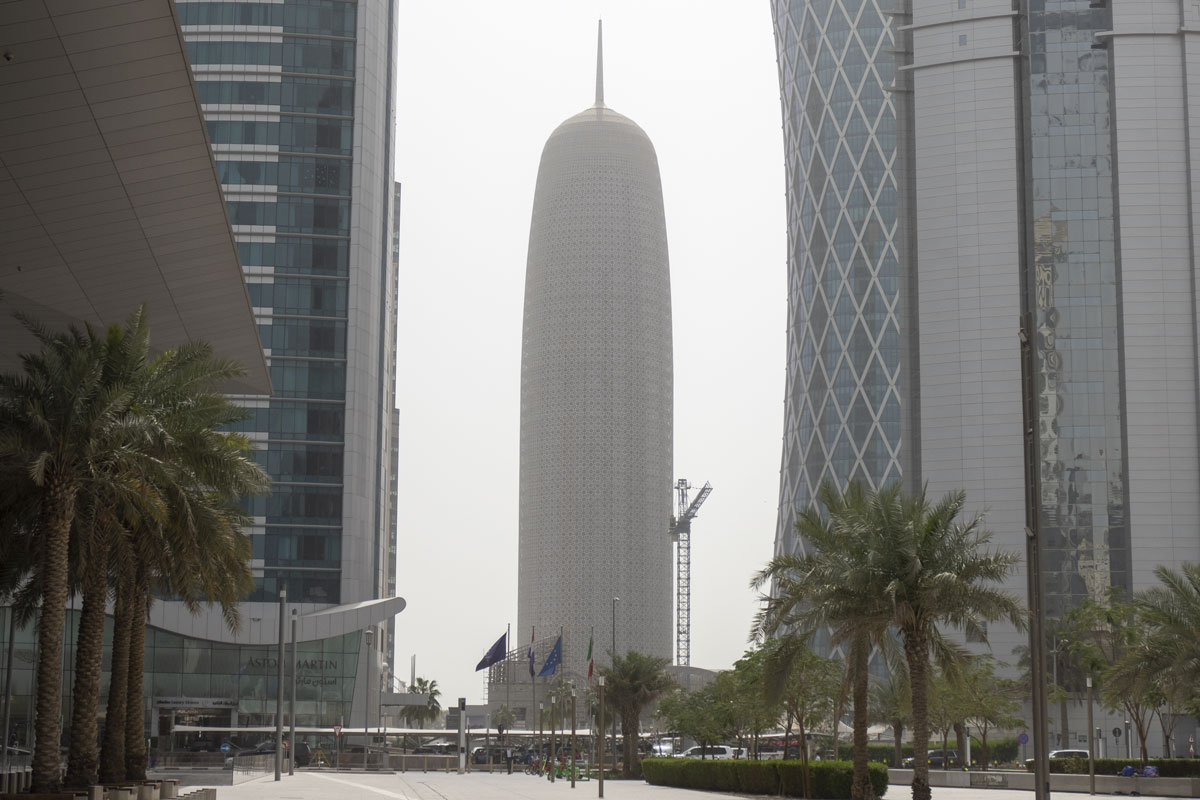Qatar
Qatar is a tiny state located in the belly of the Arabian Peninsula.
Looking at the map, one might involuntarily see Qatar as a vassal country under the control of Saudi Arabia. In fact, this is not true. Qatar is not only independent but also in conflict with the rest of the Arab world.
Qatar’s carte-de-visite is the Al Jazeera news agency, known to any reader who has watched news from the Middle East at least once. Al Jazeera is the Arab counterpart of Russia Today. It is slightly more reliable and much more restrained in tone, but it is still a biased source.
Al Jazeera has become a bone of contention between Qatar and Arab countries. The publication covered and supported the revolutions in Tunisia, Egypt, Libya, and Syria. This did not sit well with Saudi Arabia, especially given Qatar’s close ties with Iran.
In 2017, against the backdrop of another strange affair between Qatar and Iran, Arab hackers (presumably from Dubai) hacked into a Qatari news agency. Words of support for Israel, Iran, as well as Hamas and Hezbollah terrorists were posted on the state news website. The quote was attributed to the supreme emir of Qatar.
An international scandal erupted. Six Arab countries immediately imposed a blockade on Qatar. Saudi Arabia, the United Arab Emirates, Yemen, Egypt, Bahrain, and the Maldives severed diplomatic relations with Qatar. Flights to Qatar from these countries were completely suspended, sanctions were imposed on the economy, and Al Jazeera’s broadcasting was banned.
Three years later, in 2021, it was possible to restore some of the relations with Qatar.
Doha.
There is only one city in Qatar — the capital of the country, Doha. The other cities are insignificant towns.
Even Doha is ultimately a disappointment. It’s an utterly senseless, lifeless, and uninteresting Arab city. There’s nothing to do in Doha at all, no matter how much Qatari tourist propaganda tries to convince us otherwise.
The Arab world, in general, is one big construction site. In Doha, they have turned the entire city into a construction zone. The first thing a tourist sees when they get out of a taxi is an excavator spewing sand into a dump truck.

Walking in Doha is impossible. Sidewalks are crumbling, construction equipment spews clouds of dust, and there are no trees at all. The roadway is fenced off with concrete blocks; only one lane remains, along which expensive cars and dilapidated buses crawl.

The path of a tourist in Doha is thorny and difficult. Piles of sand block the roads.

Pallet bridges are laid across asphalt rivers.

The historic center of the city is surrounded by a ring of towering skyscrapers.

On the horizon looms a strange structure resembling the Tower of Babel.

This is an Islamic cultural center combined with a mosque. The tower in the form of a spiral is a minaret. There is nothing to do inside.

Next to this center is the old city of Doha. More precisely, it’s a parody of an old city. There is nothing old here. Qatari authorities simply decided to reproduce what they think are Arab quarters in order to attract tourists somehow.

In the “old city,” you can actually take a few good shots.



But overall, it’s a completely soulless neighborhood with a facade of antiquity.

They didn’t even have the imagination to lay authentic tiles on the sidewalk. The only authentic thing here is the Arabs strolling around in white robes.

Urban planners even tried to build a copy of an Arab market. The result: shops and stalls line the entire “old city,” filled to the brim with all sorts of “crafts” that you have absolutely no desire to buy.

Doha is a vivid demonstration that if culture did not develop historically, then even with an Arab budget, it cannot be created manually.

In the center of the “old city” stands a golden monument to a finger. I don’t know what it means. Let’s call it the “nose-picker.”

At the exit of the “old city” is the oldest attraction in Doha — the Al Koot Fort. The antiquity is incredible! The fort was built in 1927. It’s hard to imagine that one-story forts made of sand and sticks were being built in Qatar while skyscrapers were being erected in the United States at the same time.

Apparently, because of this inferiority complex, Qatar began building skyscrapers at a frantic pace.

In Doha’s business district, the construction is just as intense as in the rest of the city. The noise of jackhammers, the roar of excavators, and the hum of tractors never stops here for a minute.

The entire Arabian Peninsula is one big construction site. Since the Arabs discovered oil, they have been constantly building something. The Arabs understand very well that oil may run out, so they hurry to build more skyscrapers while they have the money.

Who and why these skyscrapers will be needed later is not the question. The main thing now is to build as many as possible, and then Allah will suggest where to get enough businesses to fill the endless business districts of Doha.

The quality of the skyscrapers is roughly on par with Dubai. Sometimes you come across towers with an original shape.

Although overall it resembles cheap shopping centers somewhere in Almaty.

Obviously, there is no infrastructure in the city. Skyscrapers are just standing in the middle of the former desert. There are no parks, no pedestrian areas in Doha.

It is evident that the authorities of Doha are trying to imitate not only Dubai but also the West. For example, they have launched scooter rental service for some reason. I can’t imagine who in their right mind would ride a scooter in the completely non-pedestrian-friendly Doha in the heat of 40 degrees Celsius in the shade. In general, the scooters are standing together in a row.

Next to the skyscrapers, there is a waterfront with even palm trees and a lawn planted. Of course, it is impossible to take a walk here because of the heat. I don’t know what can be done in an Arab country to make it possible to stroll here. Install air conditioners on streetlights?


Qatar, like all states on the Arabian Peninsula, is a country of the triumphant automobile. The authorities in Qatar take care of the car: they equip parking lots with tents to prevent the interior from melting.

And as for pedestrians, they don’t give a damn. Kilometer-long sidewalks without the possibility of turning anywhere are the hallmark of any Arab country.

Needless to say, the desert remains undefeated and covers Doha with a large amount of dust for most of the year.

Sometimes a skyscraper disappears behind a dust cloud even at a distance of one hundred meters.

That is why beautiful photos from glossy magazines that attract tourists to Qatar are only possible if the weather is favorable.

They have nothing to do with reality!



